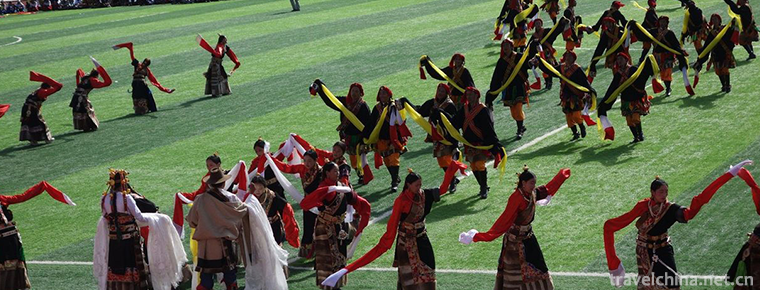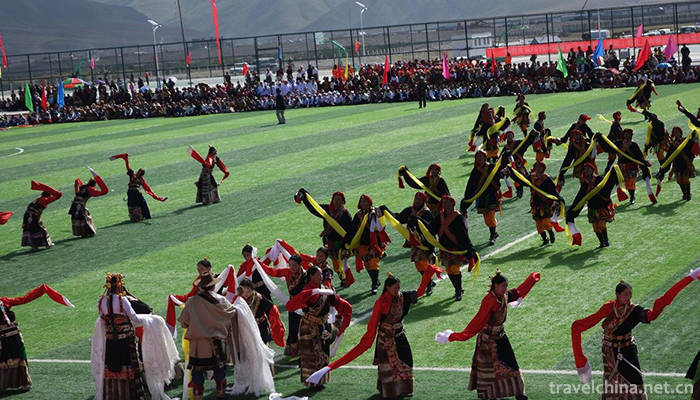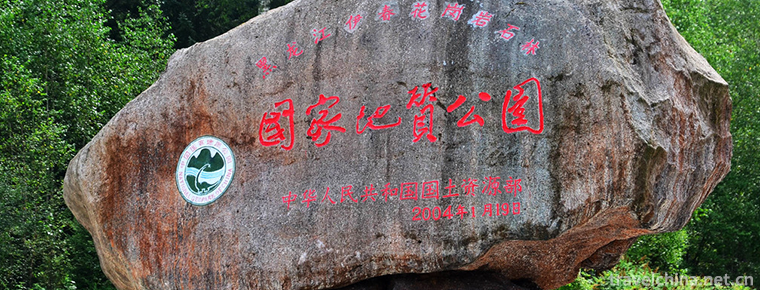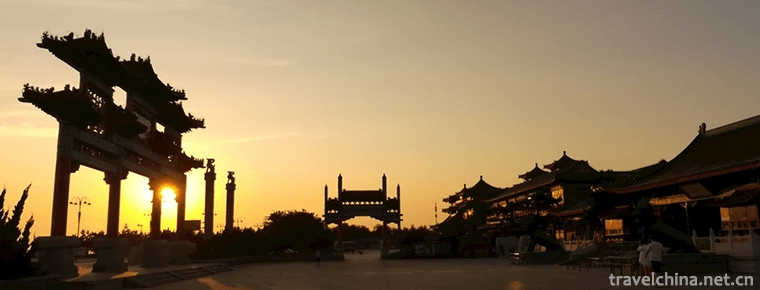2018-12-05

- By ChinaWiki.net
- Chinese Edition
- 2019-05-08
Comba Rai
"Kangbalayi" is a poetic language of communication between Tibetan men and women in Zhiduo County. It originated in Songzan Period of Southern Japan in the end of the sixth century.
On June 7, 2008, "Kangbalayi" declared by Zhiduo County of Qinghai Province was listed in the second batch of national intangible cultural heritage list with the approval of the State Council.
Heritage serial number: 556 I-69.
Forms of expression
Kangbalayi is divided into 12 volumes, each consisting of 10,000 poems, including sacrifices, carols, introductions, revelations, competitions, riddles, poems, love songs, farewell songs, derogatory songs, curses and auspicious blessings.
Inheritance significance
Its content is complex, structure is compact, language is beautiful, for the collection of Tibetan folk poetry, the study of Tibetan history, religious beliefs, customs, social systems and so on has a certain academic value.
Inheritance status
At present, there are few artists who can sing the whole story. Zhiduo County Government has rescued and collected more than 2400 copies of Kangbalayi. However, because of the vast content of Kangbalayi, oral inheritance is the main way, and it is on the verge of extinction, which urgently needs rescue and protection.

Ask a Question
Your email address will not be published.



0 Questions